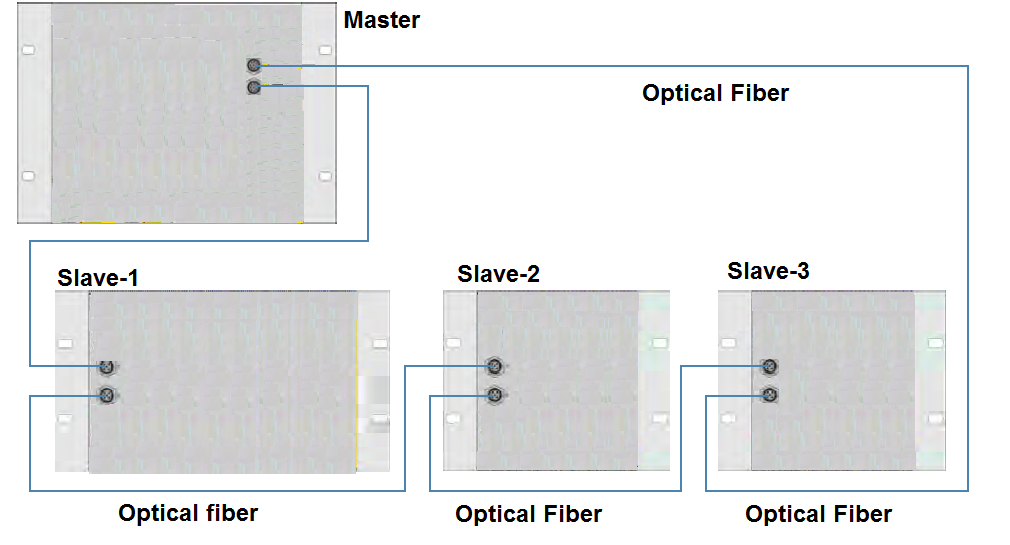Hello All,
Currently, We are developing a product based up on TMS570 Microcontroller for safety critical application.
We want to convert the Flexray communication to Optical Fiber single mode communication for longer distance
What are the necessary things to take care during my hardware design?
Kindly give your valuable feedback.
Thank you.
Regards,
S.Saravanakumar


